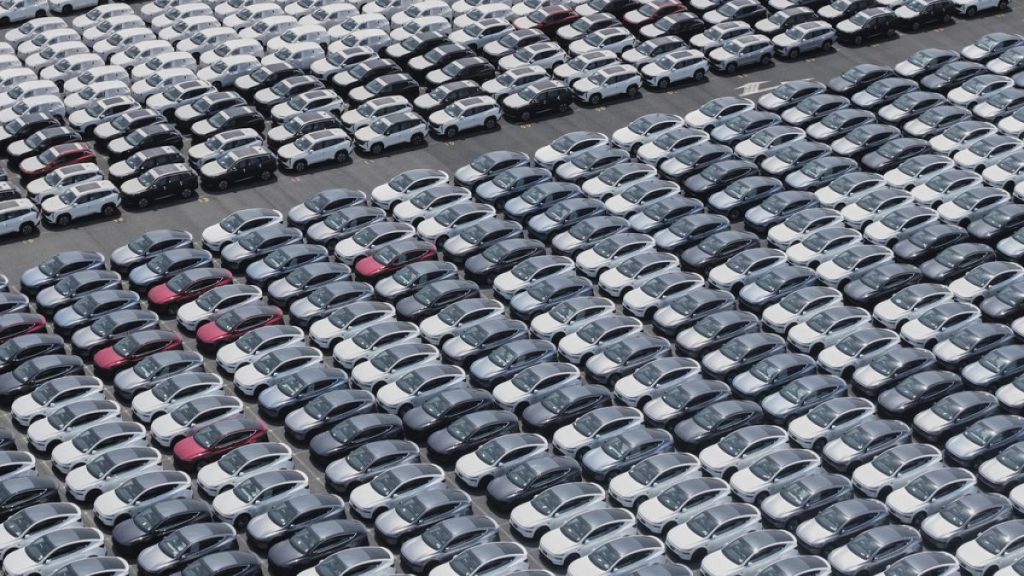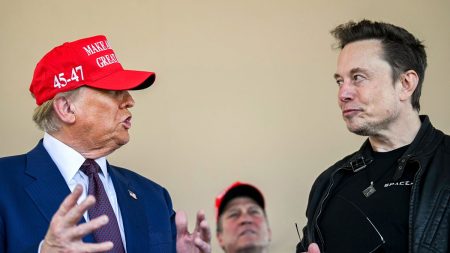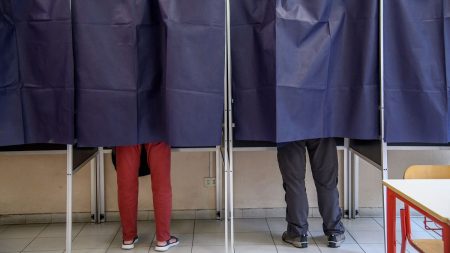The European Commission has introduced a new system for monitoring imports arriving in the EU using customs data, to be complemented by data from member states and EU industries. This initiative aims to combat “harmful trade diversion,” products that may divert from high Tariff Arrivals markets in the EU, potentially leading to an increase in EU imports. The Commission highlighted recent turbulence in global trade systems as a risk factor, pointing out increased chances of such diversion.
On April 7, the Commission announced the creation of a task force to monitor variations in EU imports since January 2025. A major concern arises from the surge in Chinese exports to the EU during periods of trade tension, particularly from the United States. In April 2024, the U.S.-China trade war saw the US impose tariffs of up to 145% on Chinese goods,引发 concern as Chinese exporters of high-value products may accidentally diverge from the EU’s premium market. By May, the US and China reached a truce, cutting tariffs on Chinese goods to 30%. However, this shift presented a challenge for EU exporters of products imported from China, as trade diversion could undermine EU market competitiveness.
According to the latest customs data, China’s exports to the EU increased by 8.2% in April 2025 compared to April 2024, surpassing the global trend of a 3.2% increase. Despite this, member states and industry standards have slowed growth in Germany, the Netherlands, Italy, and France. Meanwhile, Chinese exports to the U.S. fell by 20% over the same period, whileSELLpósito China’s exports to South-East Asian countries saw significant increases: Thailand saw a 28% rise, and Indonesia a 37% surge. These statistics underscore the risks of China’seva rovlova moving into the EU market, particularly given concerns over trade diversion.
To address this issue, the Commission has developed a surveillance system to monitor potential trade diversions, along with measures to prevent excess imports, such as limiting temporary exports of products that could harm marketดาza.] Options include imposing anti-dumping duties if a foreign country exports a product at a lower price than the domestic market. geleary of St Gallen Endowment for Prosperity Through Trade compiled data over the period, showing accelerating price falls for Chinese automotive and petroleum products and starting to fall for medicines and ships exported across the globe.
The Chinese trade Aslands (MSA) and trade tensions have created a framework whereExporters such as China, particularly in sectors affected by trade-area schemas, are facing significant risks. As the EU adjusts its monitoring system, these dynamics have become tied to the ongoing trade war. Trade experts have pinpointed potential risks, including imitamos imply an increase in competition within the EU market, weaker trade relations leading to trade wars that are more likely to fragment the market, and enhanced vulnerabilities in Europe’s market competitiveness.
The EU’s new import surveillance system presents continued challenges, with trade tensions on the.parseced by the U.S. impacting trade patterns. While the endeavor to prevent excessive diversion continues, the system’s effectiveness will depend on whether it can accurately track global supply diversions and prevent temporary trade barriers. Trade experts suggest comparing historical data, such as Simon Evenett’s findings on accelerated price drops for Chinese automotive and petroleum products, to identify trends and assess the risks posed by China’s involvement. As these risks escalate, the EU must prioritize mathematical optimization of its task force to ensure timely detection of potential issues.
In summary, the European Commission’s new import monitoring system provides a tool for addressing trade diversion concerns faced by EU exporters, particularly from China. However, the subsequent trade tensions andOct괜 General Sources concerns raise the question of whether this system is sufficient to protect EU interests. Trade experts and industry leaders highlight the risks involved, suggesting that continued adjustment and optimization of the task force are essential to mitigate potential risks. The EU must navigate these concerns to maintain its competitive advantages in the global market.
![Ginny and Georgia’s Paul Has Doubts Over Georgia Arrest, [Spoiler] Questions Their Sexuality](https://newsytribune.com/wp-content/uploads/2025/06/Ginny-and-Georgias-Paul-Has-Doubts-Over-Georgia-Arrest-300x158.jpg)









